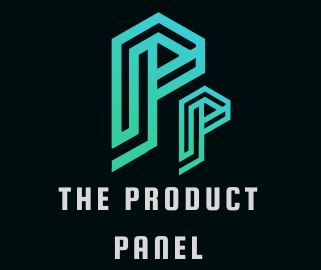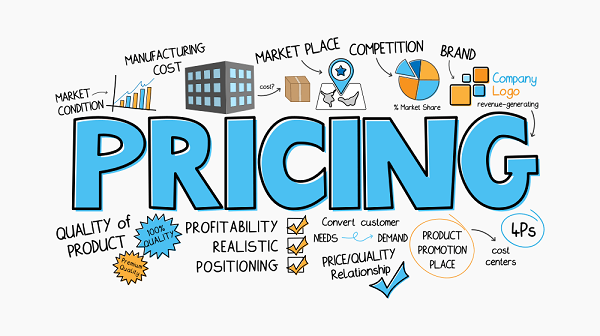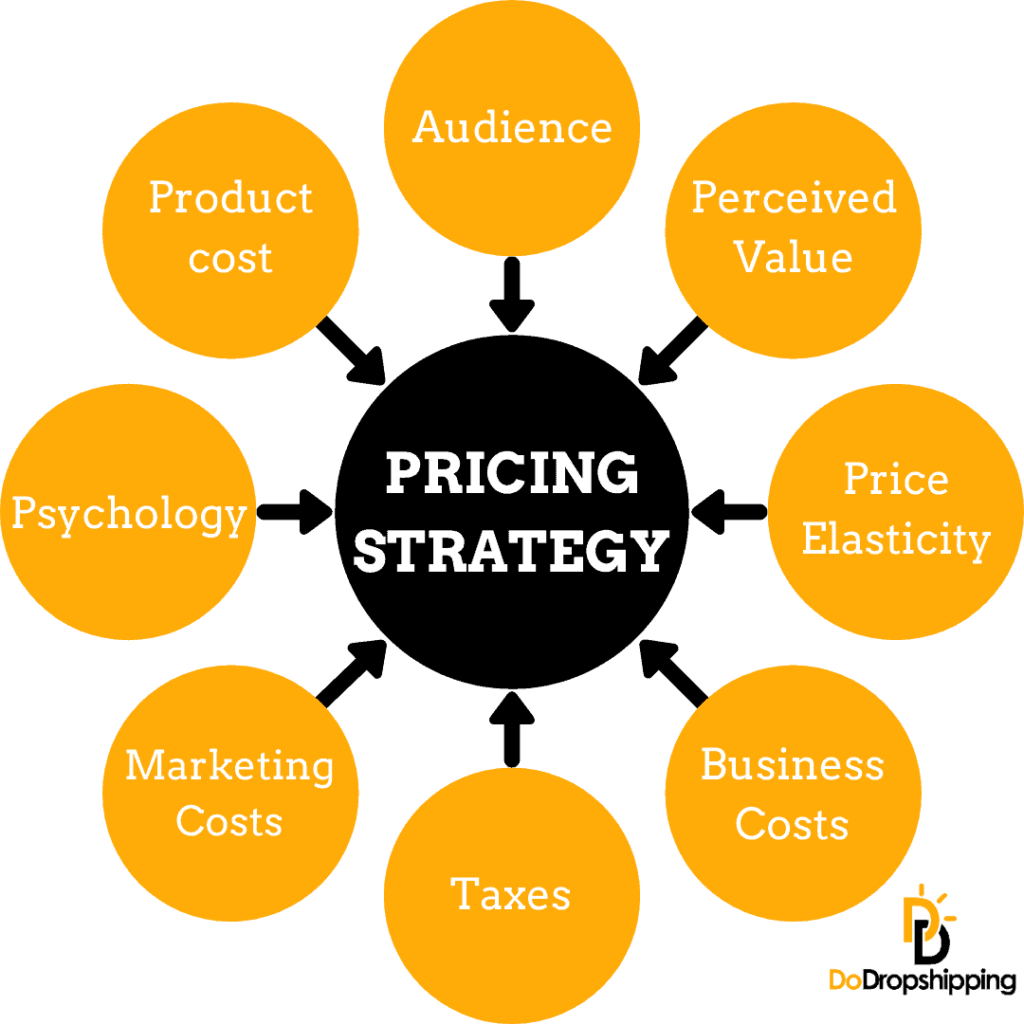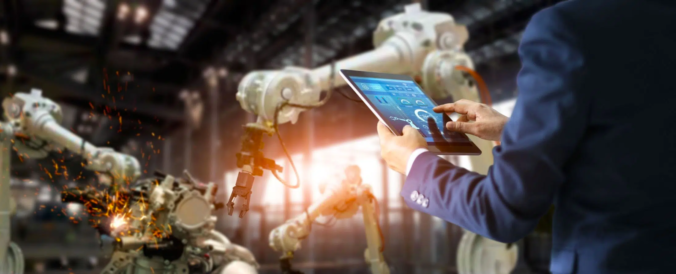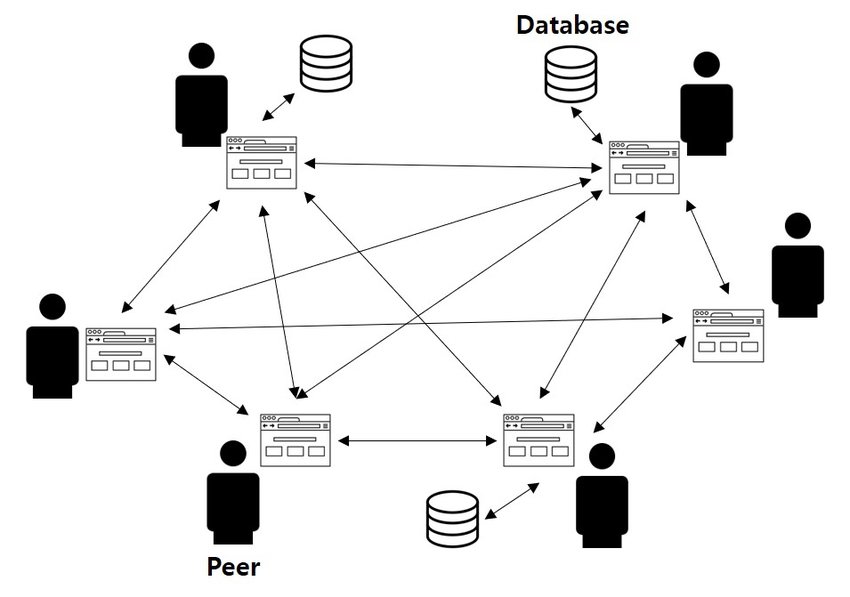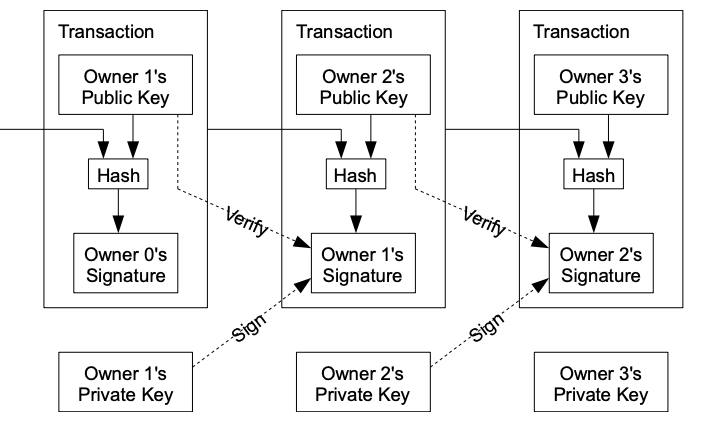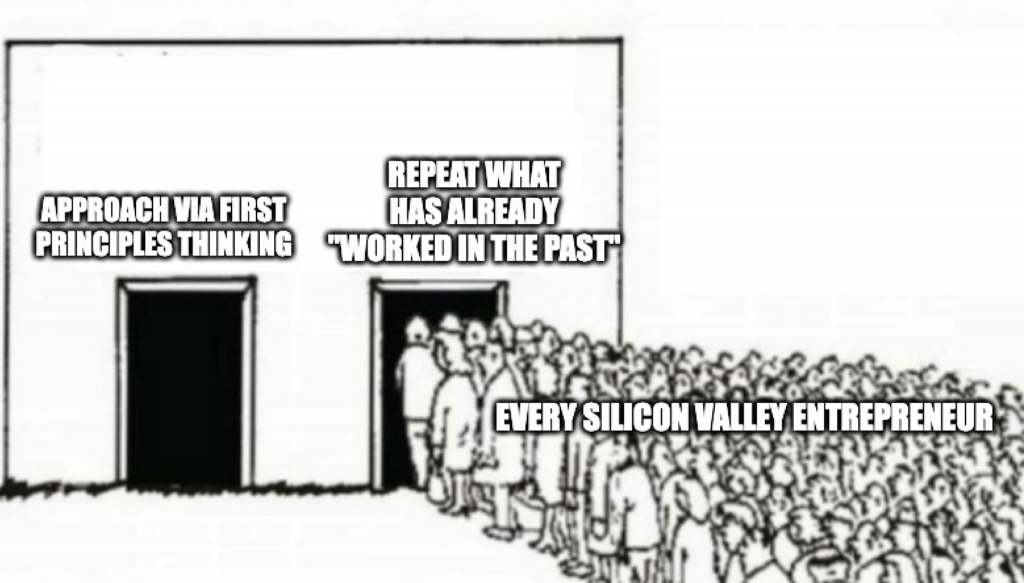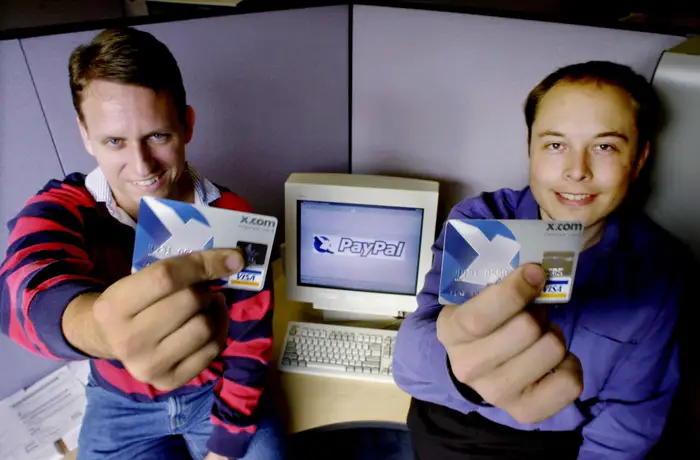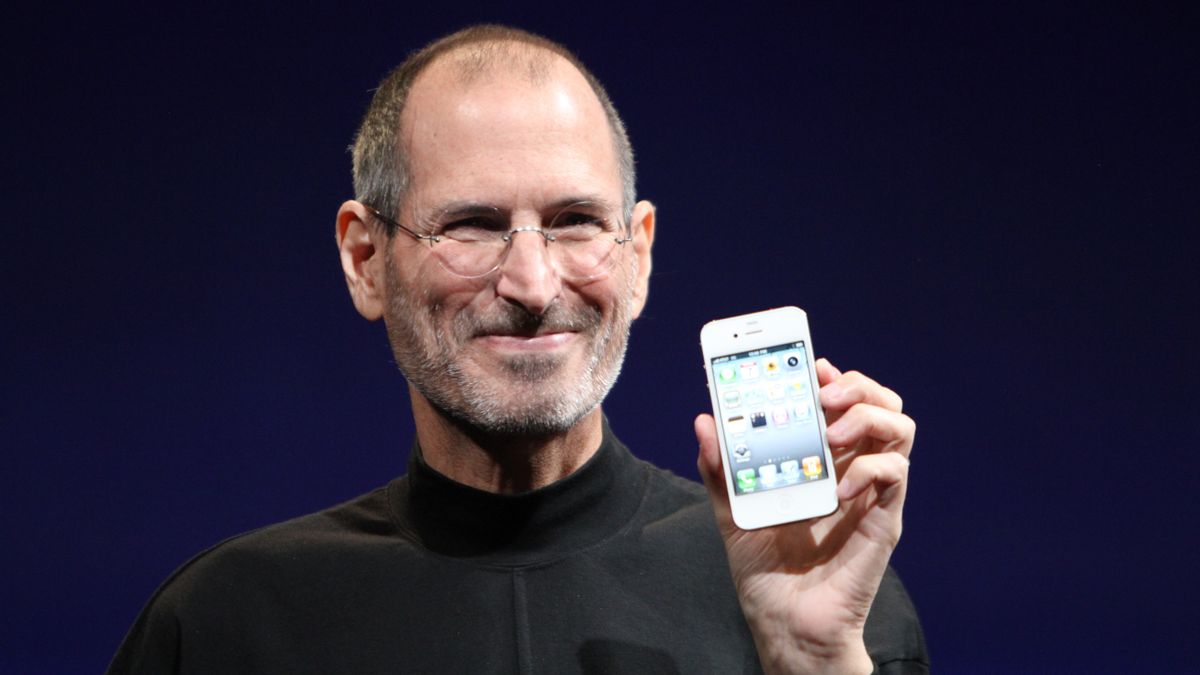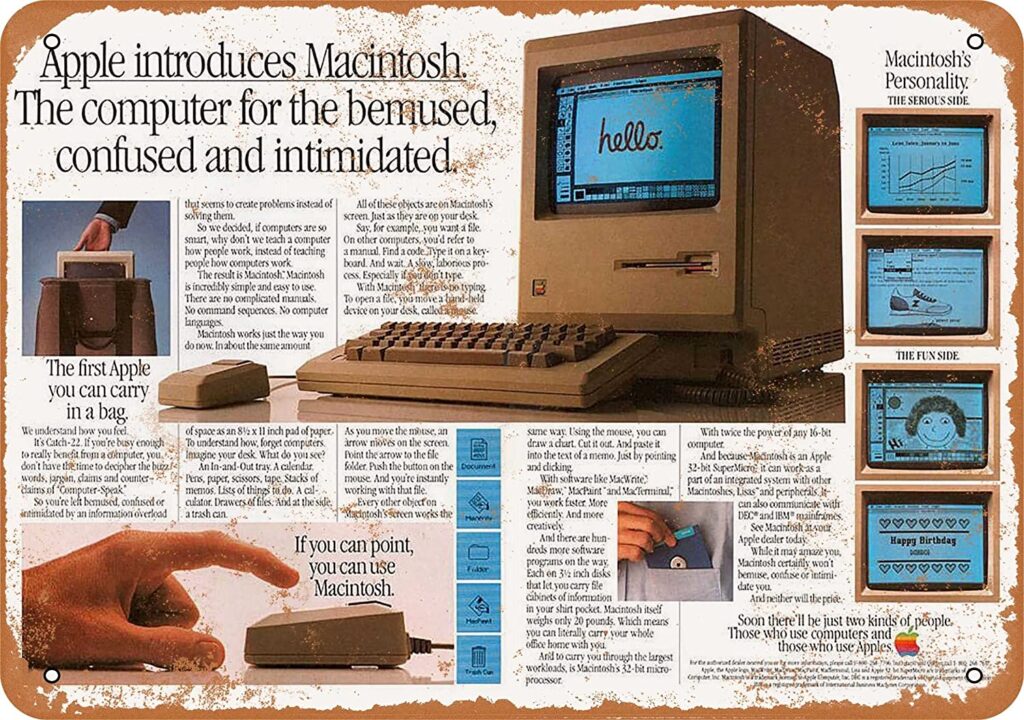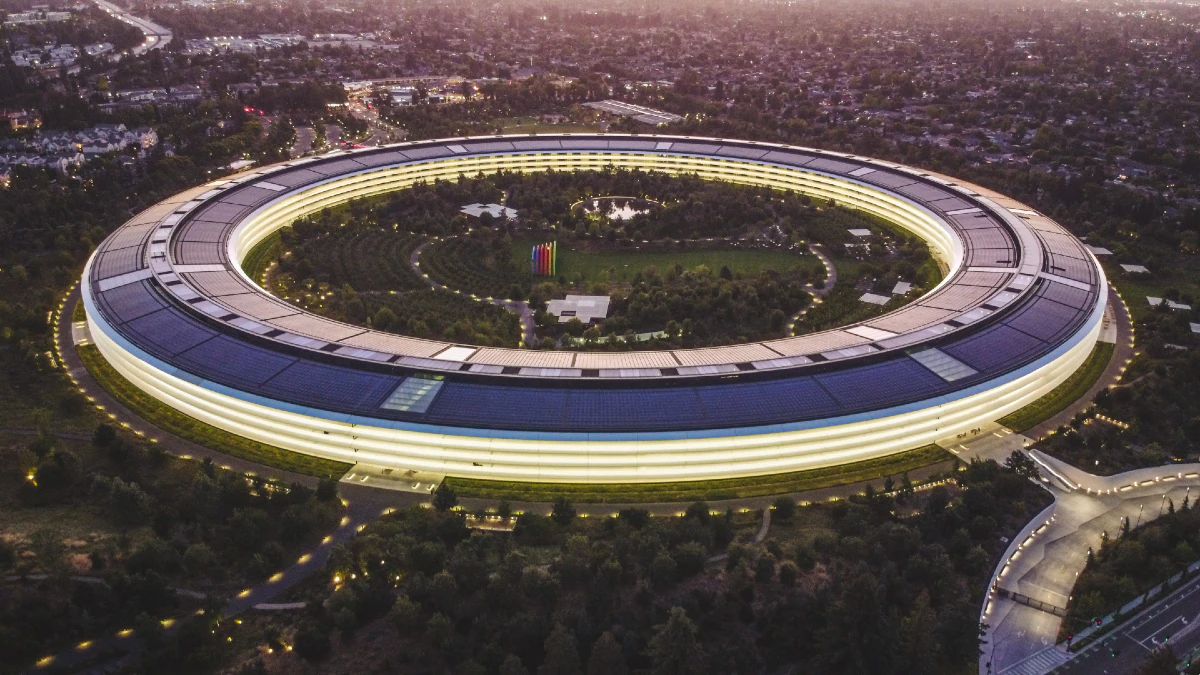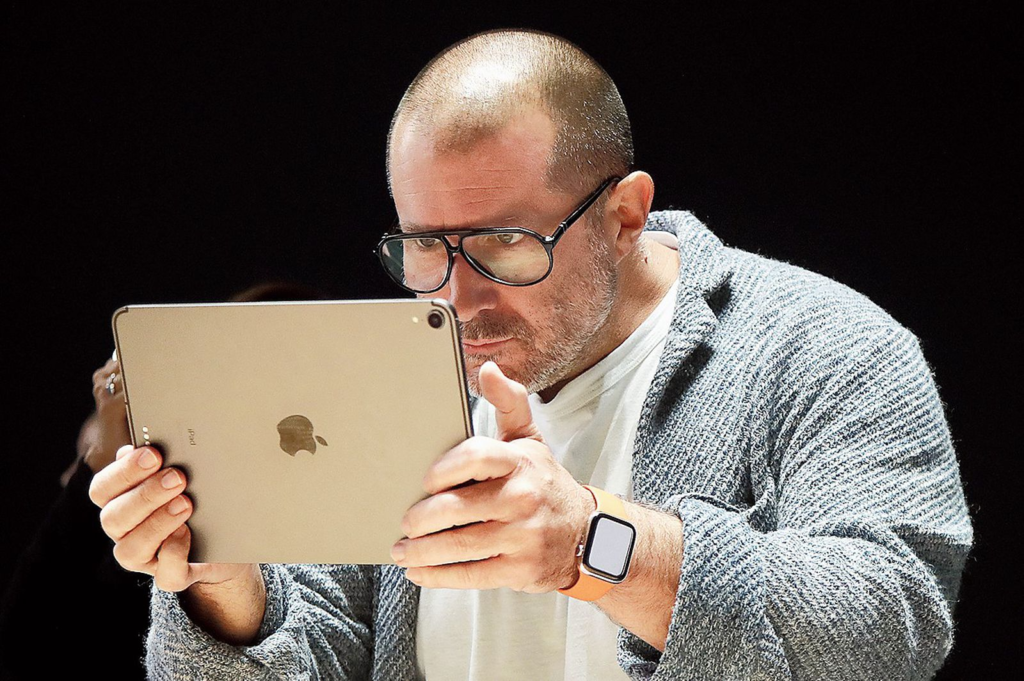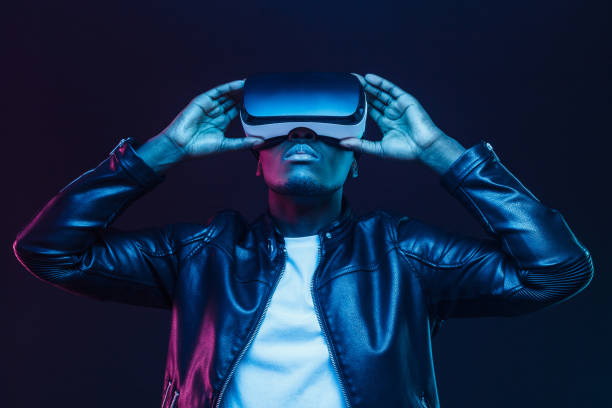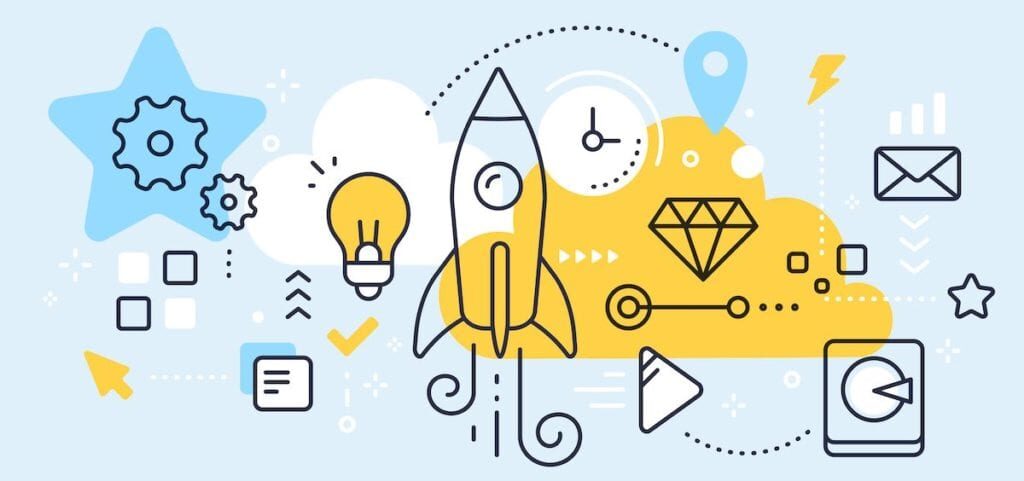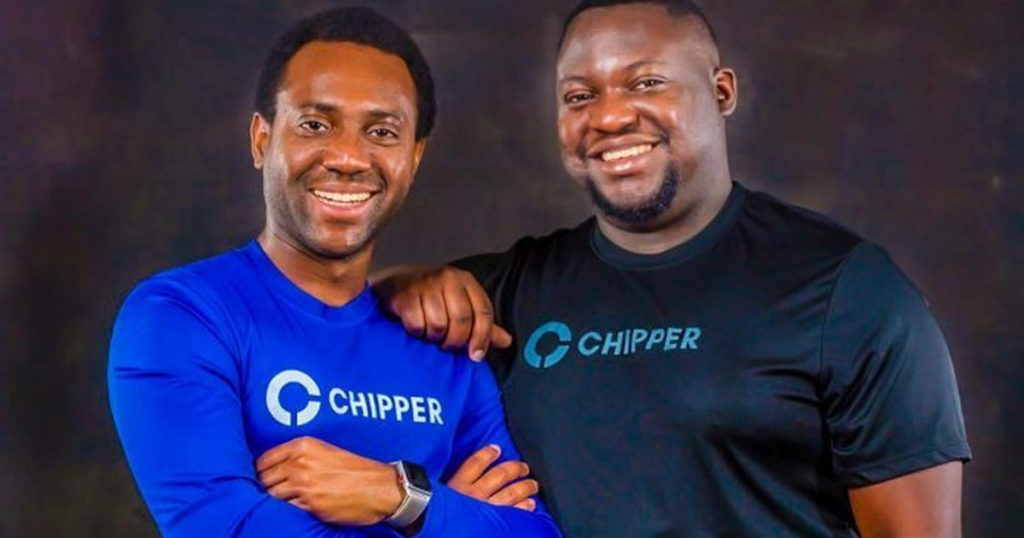Managing and motivating a team to achieve its goals is a crucial part of any organization. A well-managed team is more likely to be productive, efficient, and successful. However, achieving this is not always easy. Managers need to understand their team’s needs, goals, and aspirations to create a motivating environment. I will be discussing multiple different strategies and the steps it takes for this to be done.
The first step in managing a team is to clearly define the goals. Every team member should understand what the organization wants to achieve and what their role is in that process. Managers should ensure that the goals are specific, measurable, achievable, relevant, and time-bound (SMART). This will give the team a clear direction and a sense of purpose.
Implementing these 6 strategies will allow a team to reach its goals in the best way possible:
Building Trust
Trust is essential for team performance. Managers should establish an environment of trust by creating an open communication channel, promoting transparency, and providing feedback. Trust enables team members to collaborate and share their ideas without fear of criticism or rejection.
Encouraging Collaboration
Collaboration is essential for achieving organizational goals. Managers should encourage team members to collaborate by promoting teamwork and creating a positive team culture. This will help to build a sense of community and create a supportive environment where team members can rely on each other.
Providing Resources
To achieve their goals, teams need resources. Managers should provide their teams with the necessary resources such as equipment, training, and information. This will enable team members to perform their tasks effectively and efficiently.
Recognizing Achievements
Recognition is a powerful motivator. Managers should recognize their team’s achievements by providing positive feedback, rewards, and incentives. This will encourage team members to continue performing at a high level and create a sense of accomplishment.
Leading by Example
Leadership is crucial in motivating a team. Managers should lead by example by setting high standards, being accountable, and demonstrating a strong work ethic. This will inspire team members to follow their lead and perform at a high level.
Providing Growth Opportunities
Personal and professional growth opportunities are critical for team members. Managers should provide opportunities for their team members to develop their skills, take on new challenges, and advance their careers. This will create a sense of fulfillment and job satisfaction.
In conclusion, managing and motivating a team to achieve its goals requires a combination of effective communication, trust-building, collaboration, resource allocation, recognition, leadership, and growth opportunities. By implementing these strategies, managers can create a positive and motivating environment that will lead to team success.
Sources:
